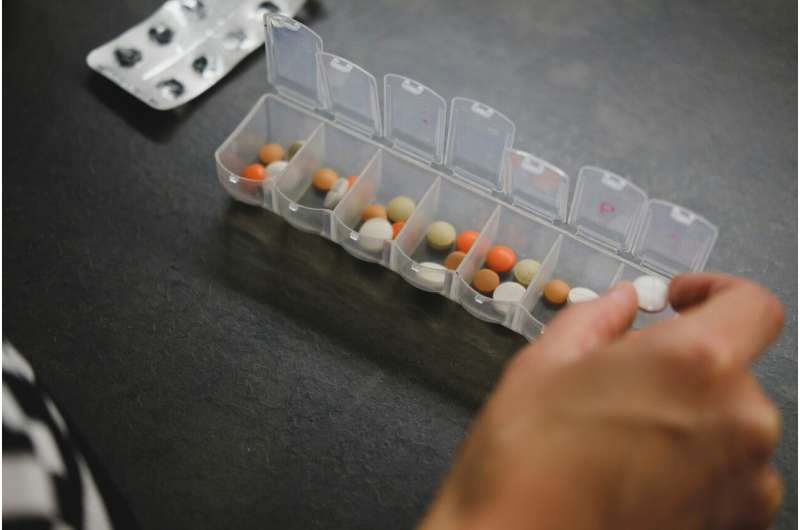Innovative Allergy-Safe Intubation Technique May Reduce Risk of Hospital-Acquired Pneumonia

A breakthrough in endotracheal intubation using allergy-safe guayule latex cuffs offers a promising reduction in hospital-acquired pneumonia and enhances patient safety. Discover the innovative solution developed by ARS researchers.
Researchers from the Agricultural Research Service (ARS) have developed a novel approach to improve the safety of endotracheal intubation procedures, potentially lowering the incidence of hospital-acquired pneumonia. Endotracheal intubation is a critical, life-saving intervention used to secure a patient's airway during surgery or emergency situations. However, the process involves inserting a tube into the windpipe, which can pose risks for patients sensitive to irritants, allergens, and bacterial infections.
A significant concern associated with intubation is ventilator-associated pneumonia (VAP), affecting an estimated 8% to 28% of patients requiring mechanical ventilation, with some cases resulting in fatal outcomes. To address this, ARS scientists, led by Katrina Cornish at the U.S. Arid Land Agricultural Research Center in Maricopa, AZ, have introduced an advanced endotracheal tube (ETT) that utilizes a balloon cuff made from guayule latex—an allergen-safe, sustainable alternative to traditional rubber sources.
The new guayule-based cuff offers superior leak-proof and mechanical properties, forming a secure seal around the tube and minimizing the risk of bacteria and saliva leakage into the lungs. Unlike conventional polyvinyl chloride (PVC) cuffs, these cuffs are designed to be safer for patients with latex allergies, reducing adverse contact reactions. The cuff's unique composition is intended to be softer, more reliable, and less likely to provoke allergic responses.
Guayule is a shrub indigenous to the southwestern United States and northern Mexico, traditionally cultivated for its natural rubber content. Its application in medical devices presents a promising eco-friendly and health-conscious alternative to imported silicone or synthetic materials. Cornish notes that these cuffs are manufactured with an accelerant system that prevents allergic reactions and ensures a tight seal, thereby improving patient safety.
Future research aims to assess the cuffs' durability against salivary and gastric secretions, compare fluid leakage under different conditions, and evaluate their performance during reintubation procedures. The widespread adoption of guayule-based ETT cuffs could lead to significant cost savings for hospitals and help prevent deaths caused by ventilator-associated pneumonia, ultimately enhancing patient care.
Source: https://medicalxpress.com/news/2025-06-allergy-safe-intubation-hospital-pneumonia.html
Stay Updated with Mia's Feed
Get the latest health & wellness insights delivered straight to your inbox.
Related Articles
How Eye Level Affects Perception of Hill Steepness: New Research Insights
New research shows that people's perception of hill steepness is heavily influenced by their eye level, with lower vantage points leading to greater overestimation of slopes' steepness, impacting navigation and safety.
New Research Unveils Molecular Signatures Differentiating Depression and Schizophrenia in Blood
Scientists have identified specific blood lipid biomarkers that can accurately distinguish between depression and schizophrenia, paving the way for objective mental health diagnostics using blood tests.
New Drug Combination Shows Promise for T-Cell Lymphoma Treatment
A groundbreaking study reveals that the combination of duvelisib and romidepsin offers a safe and effective treatment for relapsed T-cell lymphomas, improving patient outcomes and eligibility for stem cell transplants.
Research Highlights Disparities in Heart and Blood Vessel Procedures Affecting Black Patients and Women
New research highlights significant disparities in heart and blood vessel procedure outcomes for Black patients and women, emphasizing the importance of inclusive cardiovascular care strategies.



